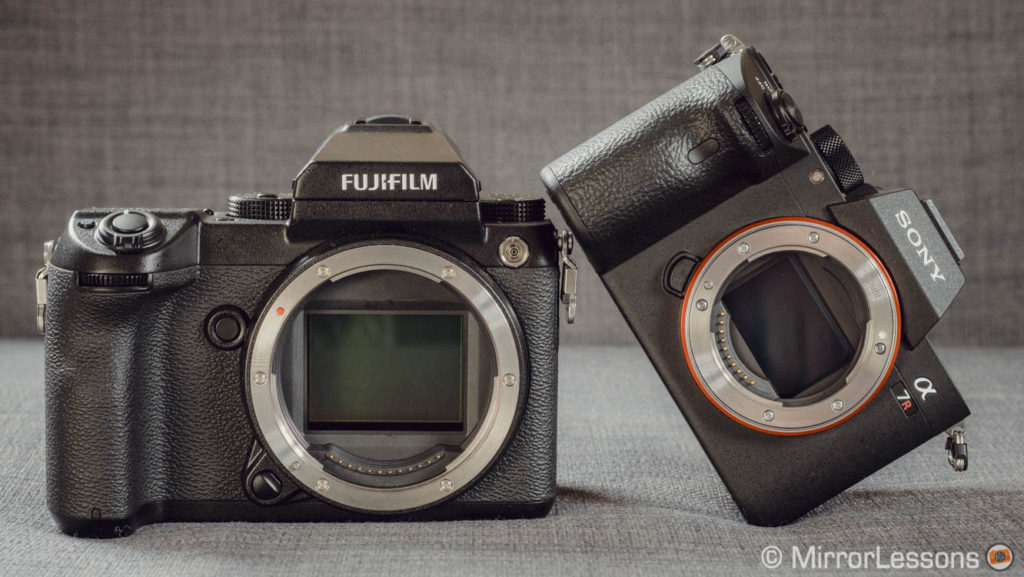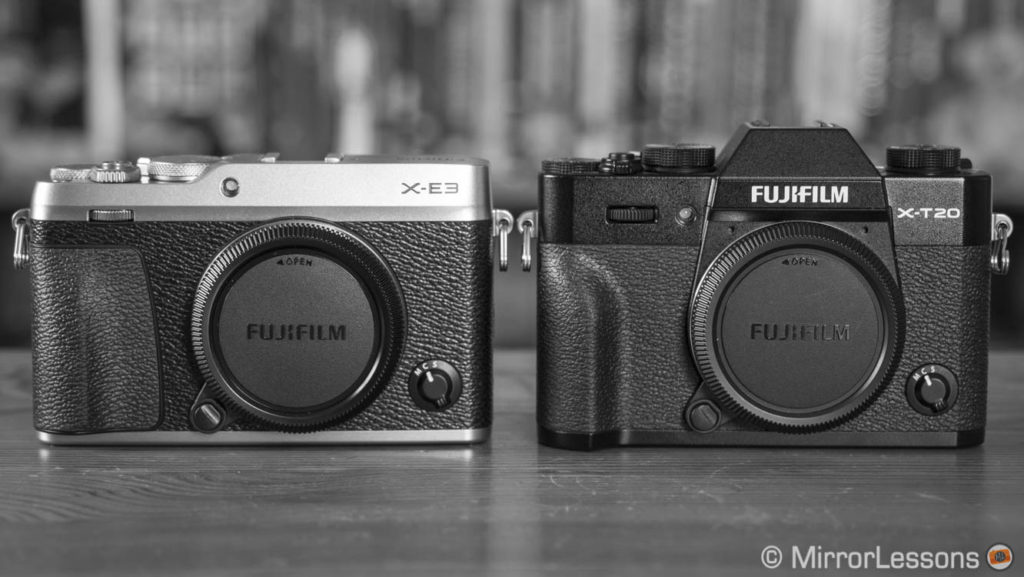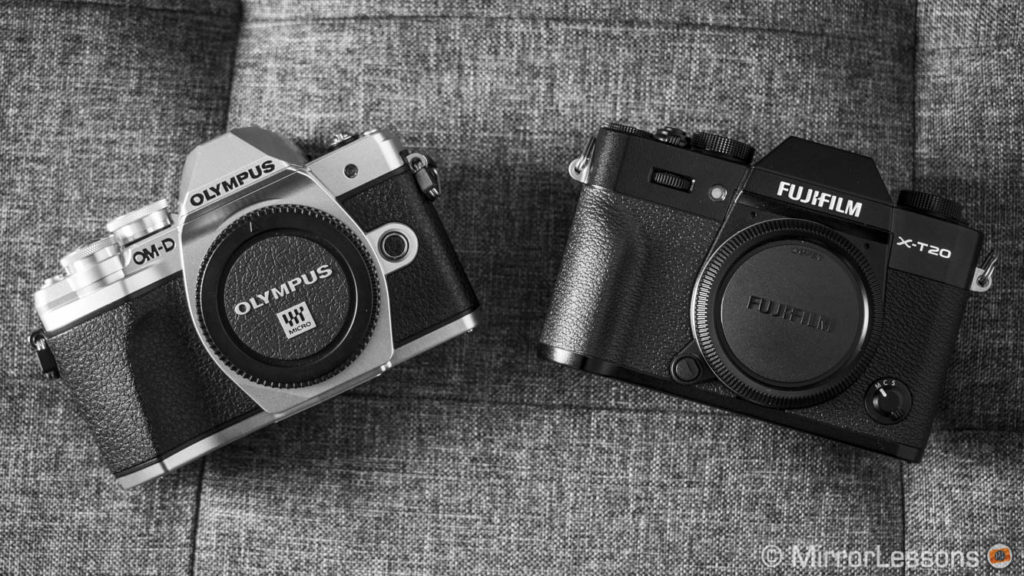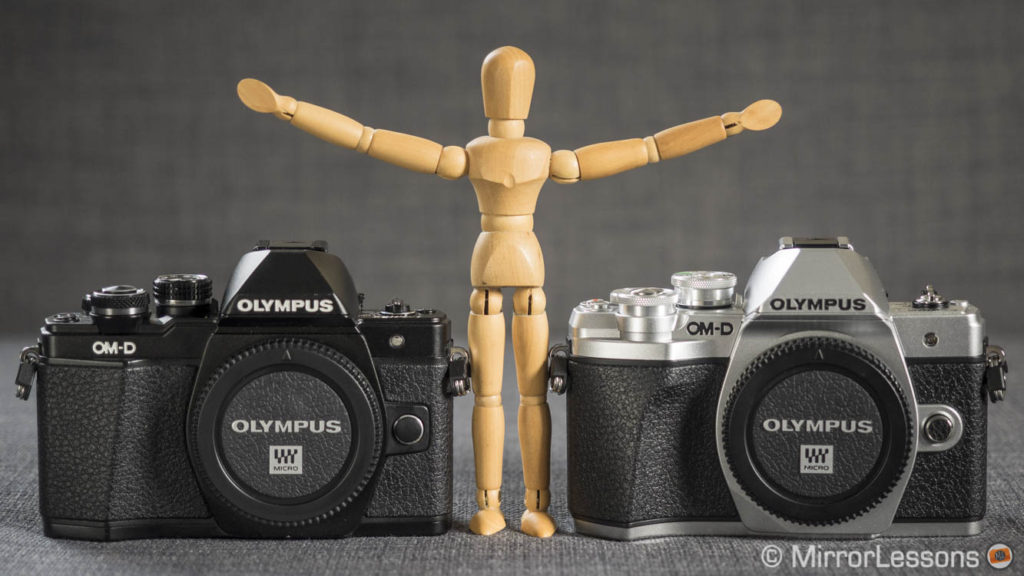Updated on: January 8th, 2019
Not even two years ago, the idea of a mirrorless medium format camera felt like something completely out of reach. Then, out of the blue, Hasselblad announced the X1D system and only a few months later, Fujifilm followed suit with the GFX. The latter has been more successful overall, in part because it is priced more competitively than the X1D and in part due to the popularity of the Fujifilm X-series.







